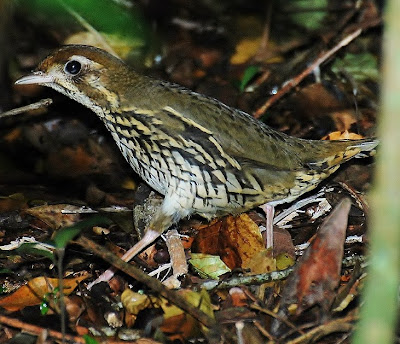Ficedula hypoleuca
 |
| (Photo from Red Book) |
Common name:
European pied flycatcher (en); papa-moscas-preto (pt); gobemouche noir (fr); papamoscas cerrojillo (es); trauerschnäpper (de)
Taxonomy:
Order Passeriformes
Family Muscicapidae
Range:
This species is found breeding throughout central and northern Europe, from France to northern Scandinavia and east to near Russia and northern Kazakhstan. There are also breeding populations in Spain, Morocco, northern Algeria and Tunisia. They migrate south to winter in sub-Saharan Africa, from Senegal to Gabon and northern D.R. Congo.
Size:
These birds are 12-13,5 cm long and have a wingspan of 22 cm. They weigh 14-15 g.
Habitat:
The European pied flycatcher breeds mainly in open, mixed deciduous forests, especially in mature oak woodlands, but also in plantations, arable land, rural gardens and in gardens and parks within urban areas. Outside the breeding season they are also found in moist tropical forests, dry savannas and dry scrublands.
Diet:
They hunt insects by either sallying out from a perch or gleaning the foliage. Among their prey are beetles, caterpillars, ants, flies, bees, wasps, moths and also spiders.
Breeding:
European pied flycatcher breed in May-July. They can be either monogamous or polygynous and nest in a tree hole, or often on a nest box, up to 15 m above the ground. The female lays 6-8 greenish-blue eggs, which she mostly incubates alone for 13-15 days. The chicks are fed by both parents and fledge 16-17 days after hatching.
Conservation:
IUCN status - LC (Least Concern)
This species has a very large breeding range and a global population estimated at 38-80 million individuals. The population has undergone a moderate decline over the last 3 decades, but it is not threatened at present.


















